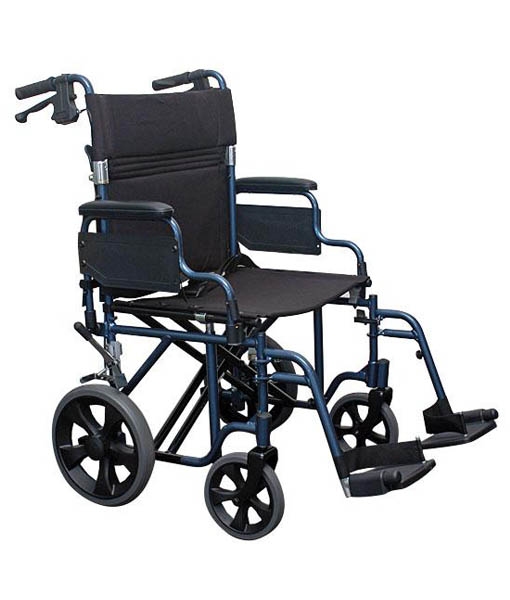A self-propelled wheelchair is a device which can be used by all types of people no matter the elderly or handicapped. It is very useful for people who find it difficult to walk or cannot stand for a longer period of time which necessitates being transported whilst seated. Transit and self-propelled wheelchairs are the two main types of manual wheelchairs that are generally used for these purposes.
A transit wheelchair is usually equipped with small rear wheels and the user cannot propel oneself while seated. Accordingly, a caregiver or another person will be required for assistance. Contrarily, a self-propelled wheelchair has larger wheels with push rims or rings reachable by the user, enabling the occupant to propel independently on any distance depending on the user’s capabilities and the type of chair.
Identifying the prime purpose of the chair
The major primary move to identify the right manual wheelchair for a specific need is to determine the reason why the chair is required. In some instances, it may only be required to be used for outings, visit to the doctor or as a mode of transport when it is impossible to walk the needed distance. A wheelchair may come in useful for a permanently disabled person for the mobility but a self-propelled wheelchair may not be useful to those who need to use a wheelchair occasionally in comparison to those who use it permanently.
Movability
Adjust-ability is another important feature that has to be considered. A perfect portable wheelchair is usually lightweight, compact and foldable. But this feature is not necessary for wheelchairs that could be transported in a wheelchair accessible vehicle with the user in the chair. The weight of the device is certainly important when a transit wheelchair is propelled by a caregiver as the weight will determine how easy or hard it will be for someone to push the occupied chair.
Total Weight
A transit wheelchair is usually lighter when carrying due to the size of the rear wheel, but the large rear wheel of a self-propelled wheelchair makes it easy to be pushed over gravel, grass or even small steps. Further, it is preferable to use a self-propelled wheelchair to encounter uneven ground even if the distance is short. A transit wheelchair will be very difficult or almost impossible for the user to move around independently in most uneven ground areas.
User’s Special Requirement
Looking for additional features depending on the user’s special requirements as some people may need postural support or pressure care cushion depending on their handicap. It is important to be aware of the recommended maximum user weight and the depth and width of the seat are vital for the overall support and comfort of the occupier, especially for long term users. It is essential to ensure the weight is evenly distributed across the seating area and width is not too big to obstruct reaching to the armrests. Narrow seats are bodily uncomfortable and lead to pressure sores. Depth of the seat is vital as the seat should be long enough to be sure the thighs are supported well. But if the seat depth is too long, this might cause pressure behind the knees. Therefore, the right seating extent is important for the correct support and comfort of the user.
Benefits of Accessories
Usually, some of the accessories considered by users are trays, carry bags or oxygen bottle holders. A tilt in space wheelchair is the best option for some very high need clients as it is the best for their pressure care and comfort needs. These type of wheelchairs can also facilitate respiratory function in addition to providing pressure relief and positioning.












